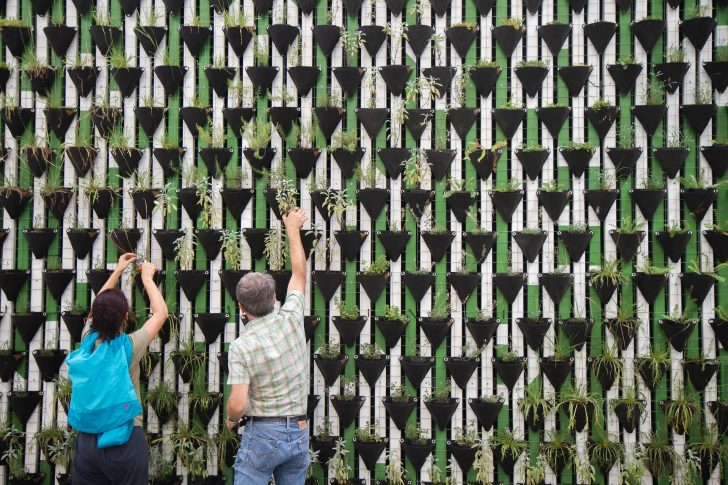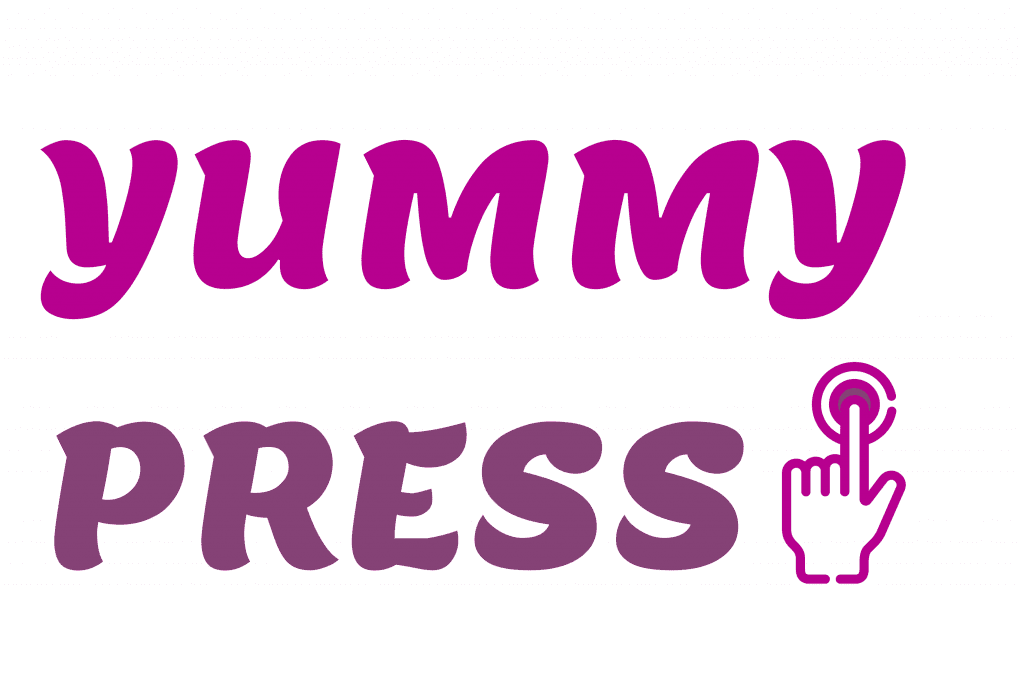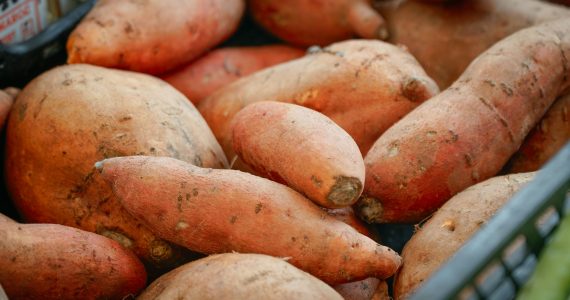In the concrete jungle, amidst the hustle and bustle of city life, a green revolution is quietly taking root on rooftops, balconies, and backyards. This isn’t just about a few potted plants for decoration. It’s about DIY urban farming – a movement transforming urban landscapes and having a profound financial impact on individuals and communities alike.
Urban farming isn’t a new concept, but the DIY approach has gained momentum in recent years thanks to a growing awareness of sustainable living and food security concerns. The idea is simple: grow your own food in whatever space you have available. Sounds quaint, doesn’t it? But the financial implications of this are far-reaching. This article will explore the financial impact of DIY urban farming.
Cost Savings on Groceries
The most immediate financial benefit of DIY urban farming is the reduction in grocery bills. Imagine stepping onto your balcony to pick fresh tomatoes for your salad or snipping off some basil from your window sill for that pasta sauce. Not only does this reduce your grocery bill, but it also means you’re eating fresher, more nutritious food. It’s like having a mini organic store right at your doorstep, minus the markup!

Boosting Property Values
Urban farming can boost the value of your property. A well-maintained garden can be a significant selling point, offering aesthetic appeal and a unique feature in urban environments where green spaces are at a premium. It’s like saying, “Not only does this house come with great views, but you can also grow your own dinner!”
Community Engagement and Shared Resources
Urban farming often fosters a sense of community. Neighbors might share tips, seeds, or even the fruits of their labor. This collaborative spirit can lead to shared expenses for tools and resources, further reducing individual costs. Community gardens can also increase neighborhood cohesion and safety, positively impacting property values and local economies.
Educational Value and Skill Development
There’s a significant educational component to urban farming that can save money in the long term. By learning to grow your own food, you’re acquiring a valuable skill set that can reduce dependency on store-bought produce. It’s an excellent way for families to educate children about where food comes from, nutrition, and sustainability, instilling valuable life skills and possibly sparking career interests in agriculture, botany, or environmental science.

Environmental Benefits and Sustainability
While not directly a financial benefit, the environmental impact of urban farming contributes to a more sustainable urban lifestyle, which can have long-term economic benefits. By growing food locally, you’re reducing your carbon footprint, contributing to cleaner air, and helping to mitigate the urban heat island effect, potentially lowering energy costs in the community.
Challenges and Considerations
Of course, urban farming comes with its set of challenges. Space constraints, initial setup costs, and time investment can be significant barriers. However, innovative solutions like vertical gardening, hydroponics, and community plots are making it increasingly accessible. The key is to start small and scale up as you learn what works for you and your space.

Wrapping Up
DIY urban farming is more than just a hobby; it’s a financially savvy, sustainable lifestyle choice gaining ground in cities worldwide. Whether it’s saving on groceries, enhancing property values, or fostering community spirit, the benefits are ripe for the picking.




